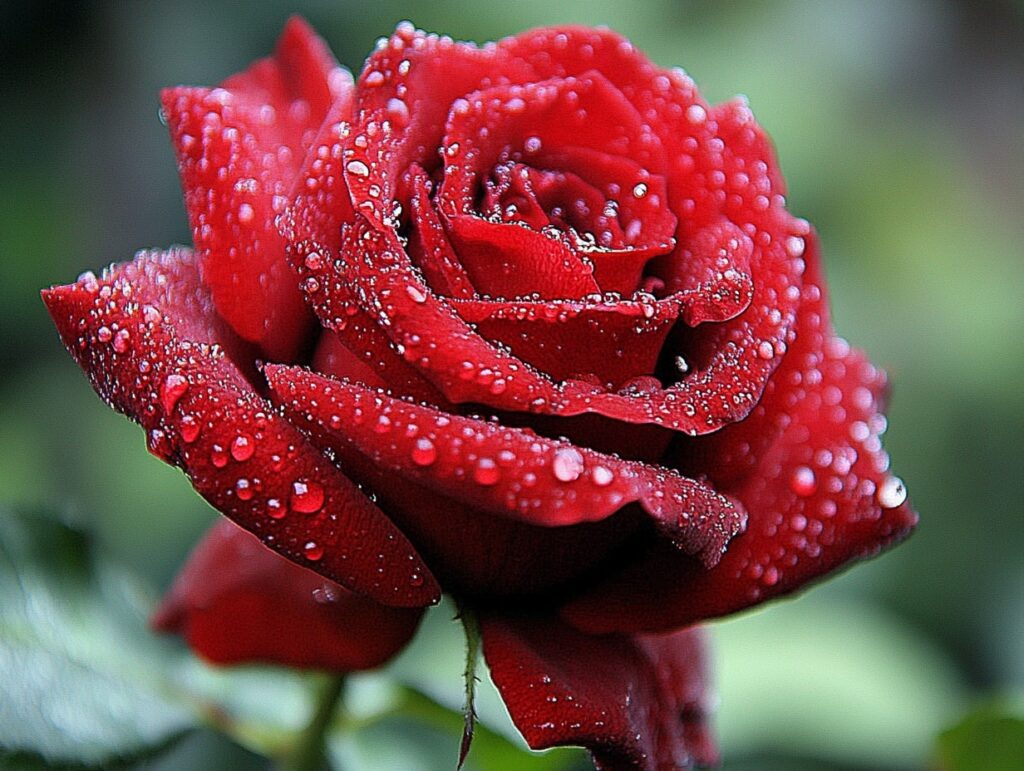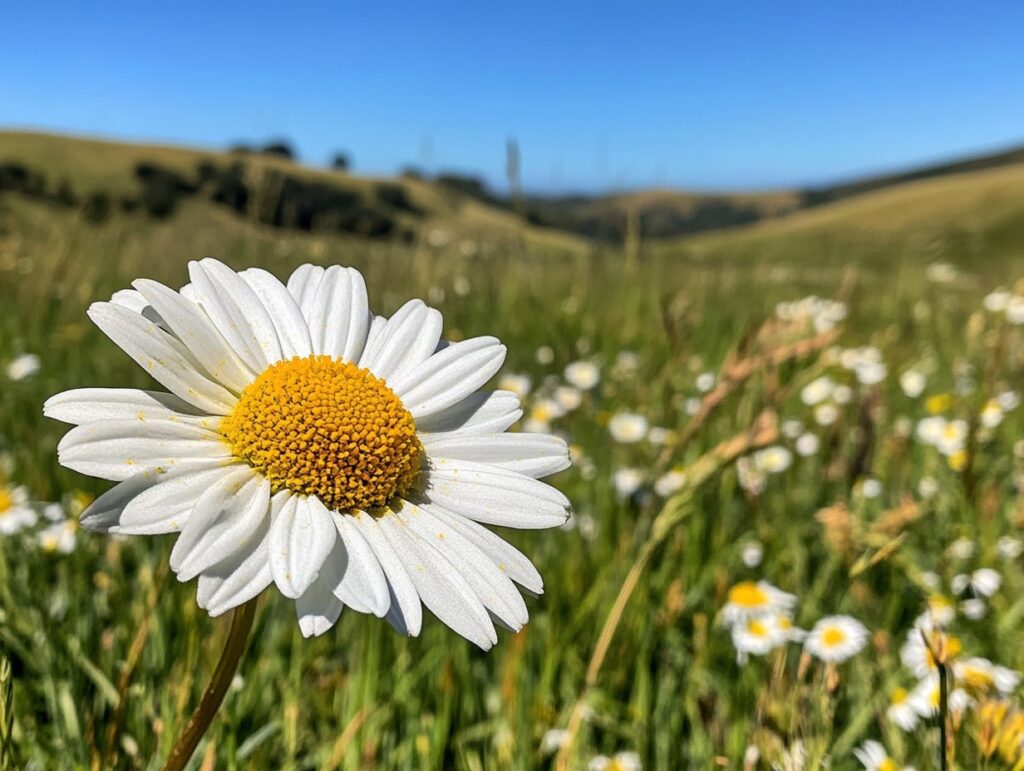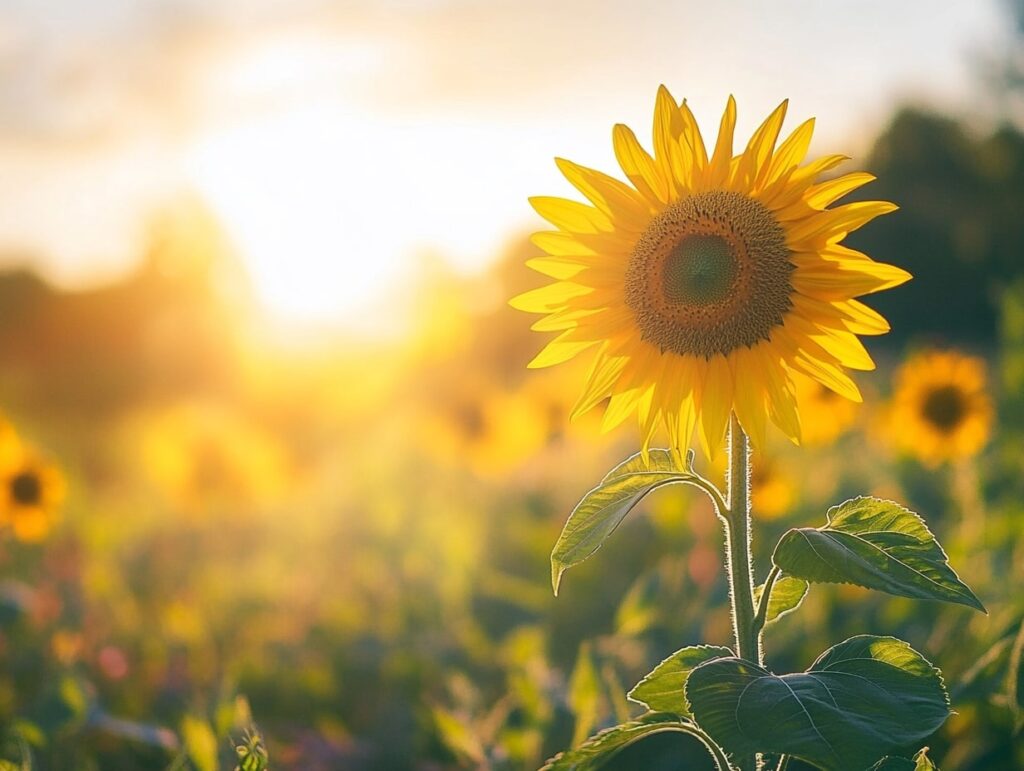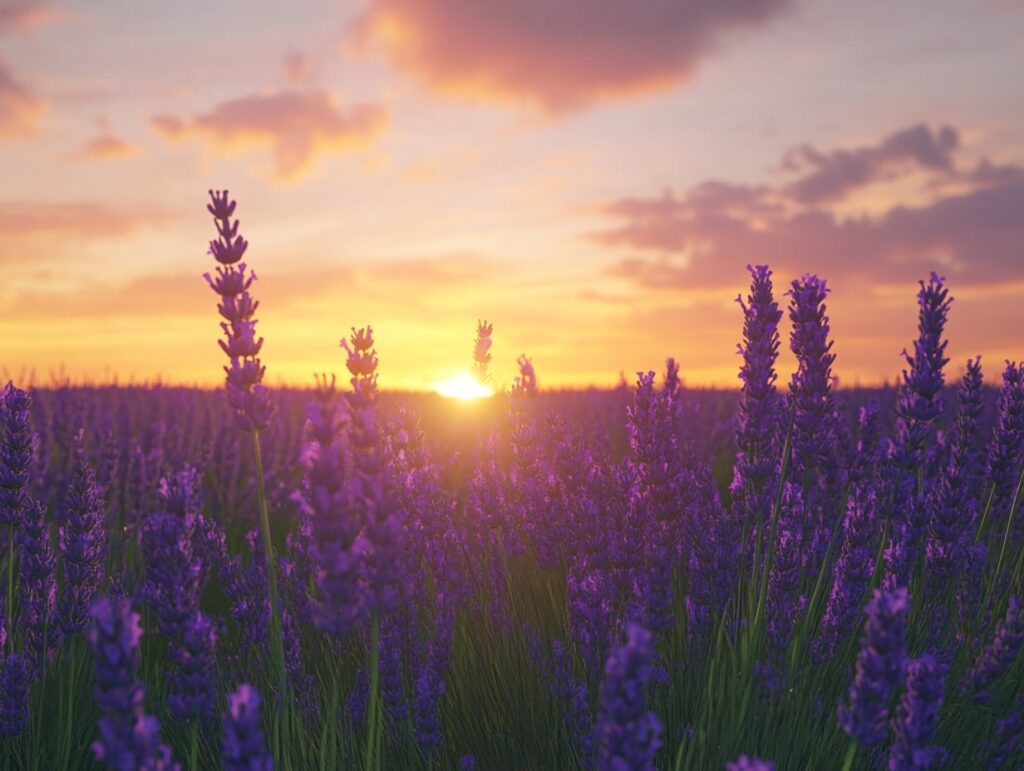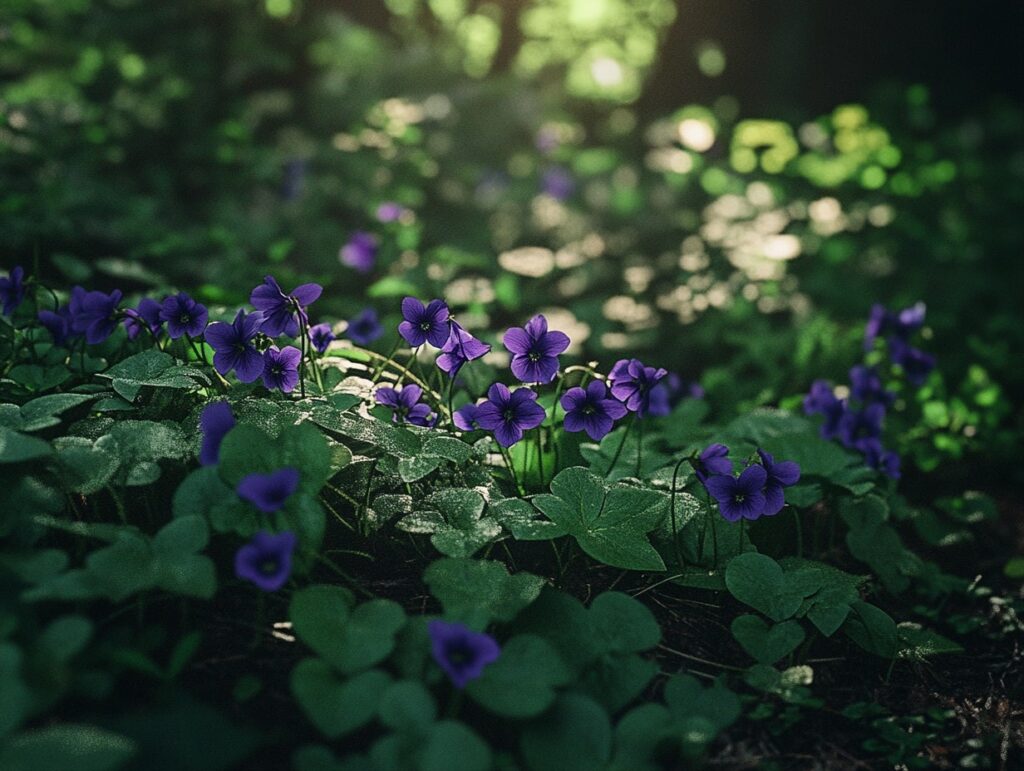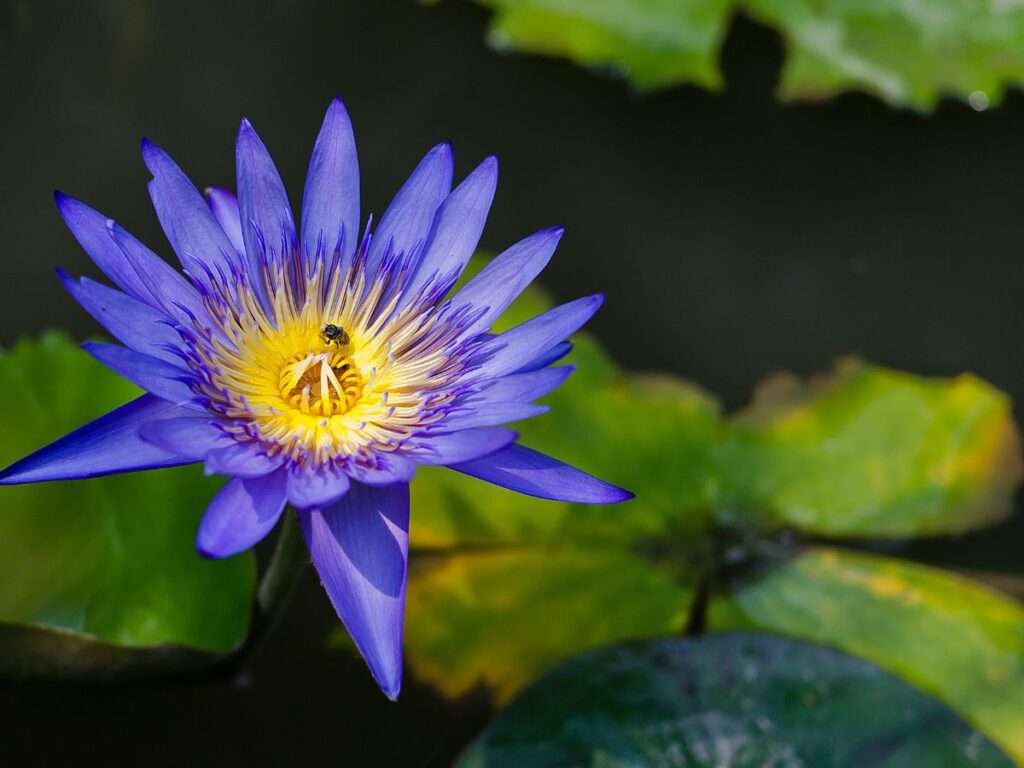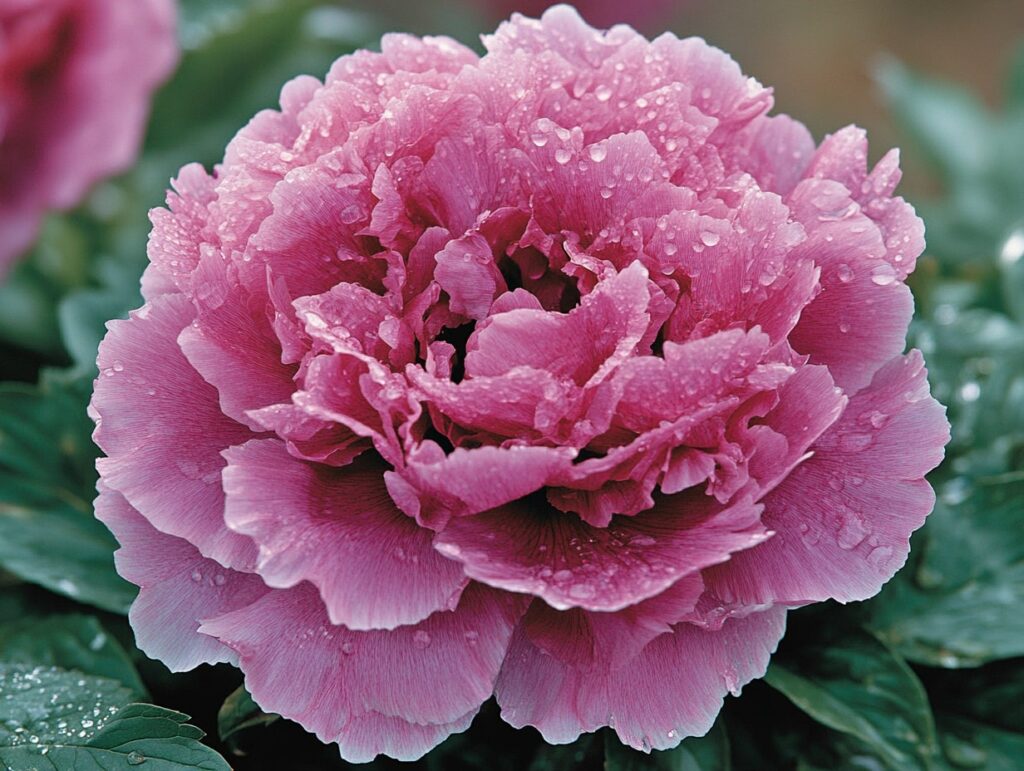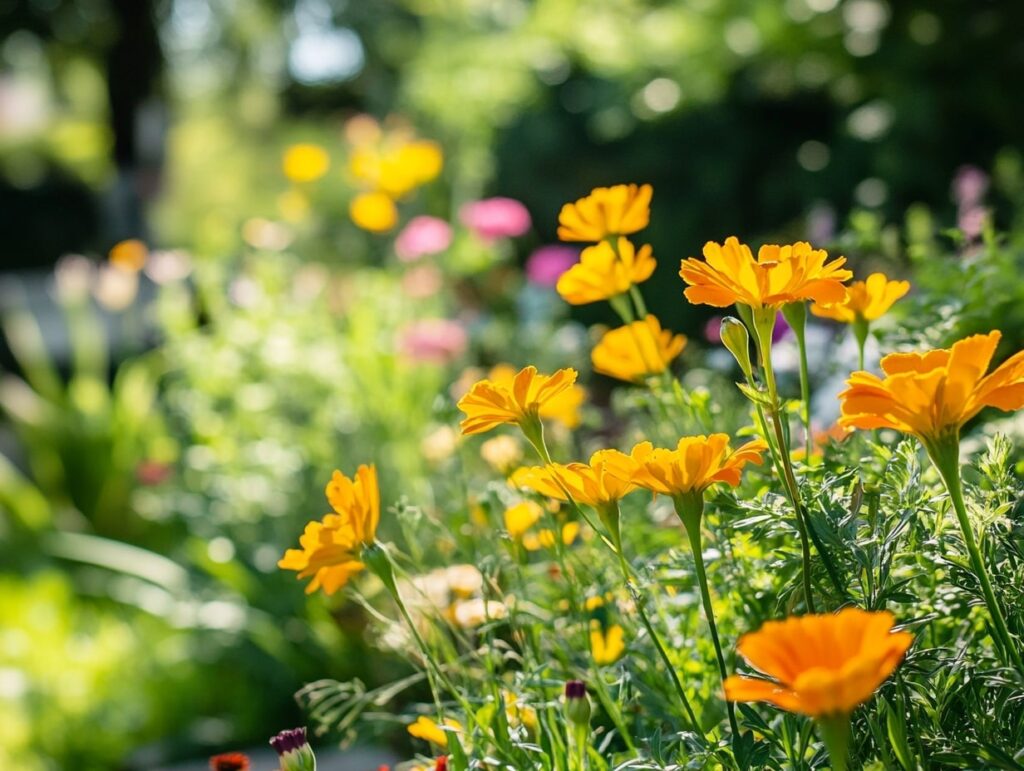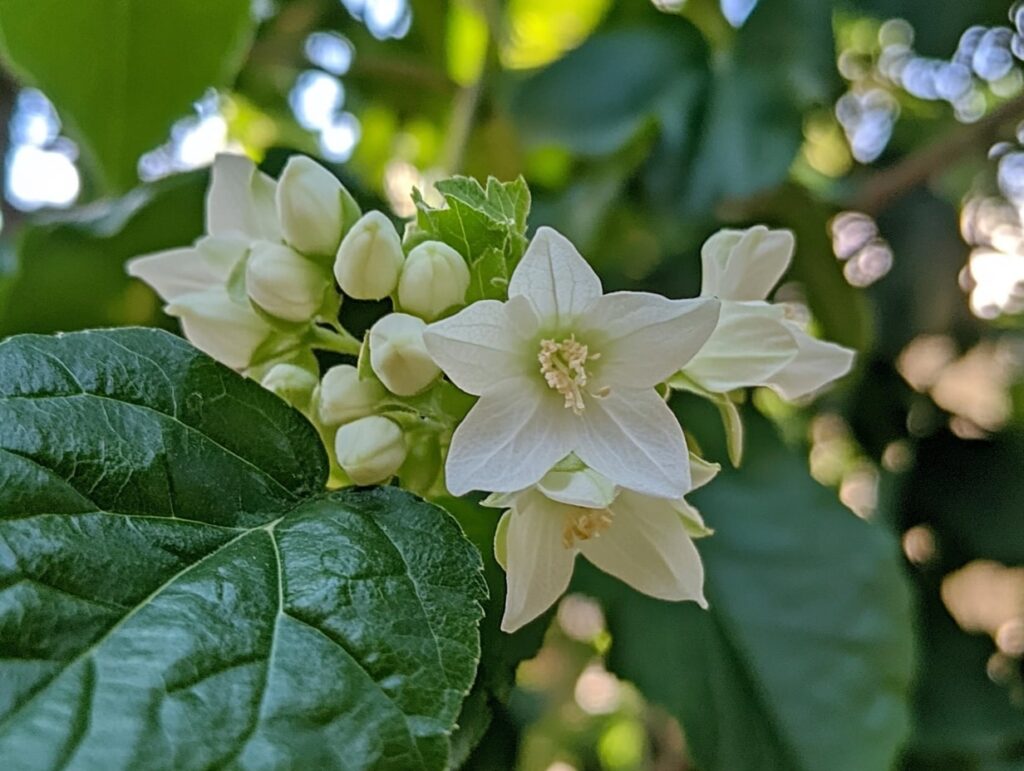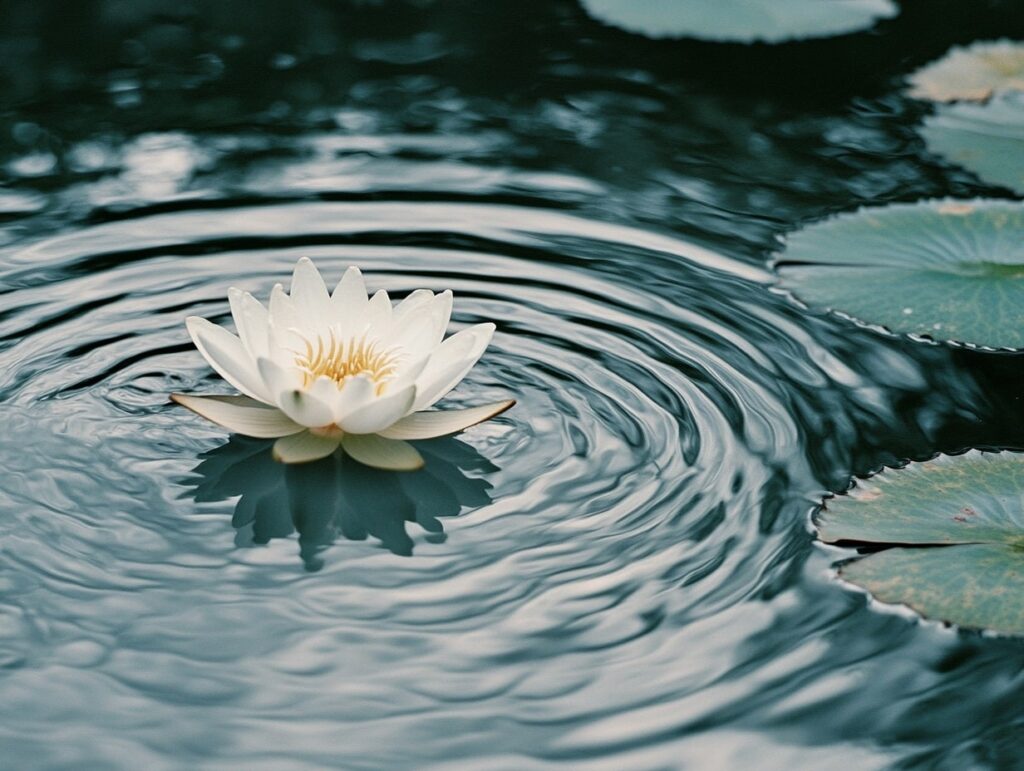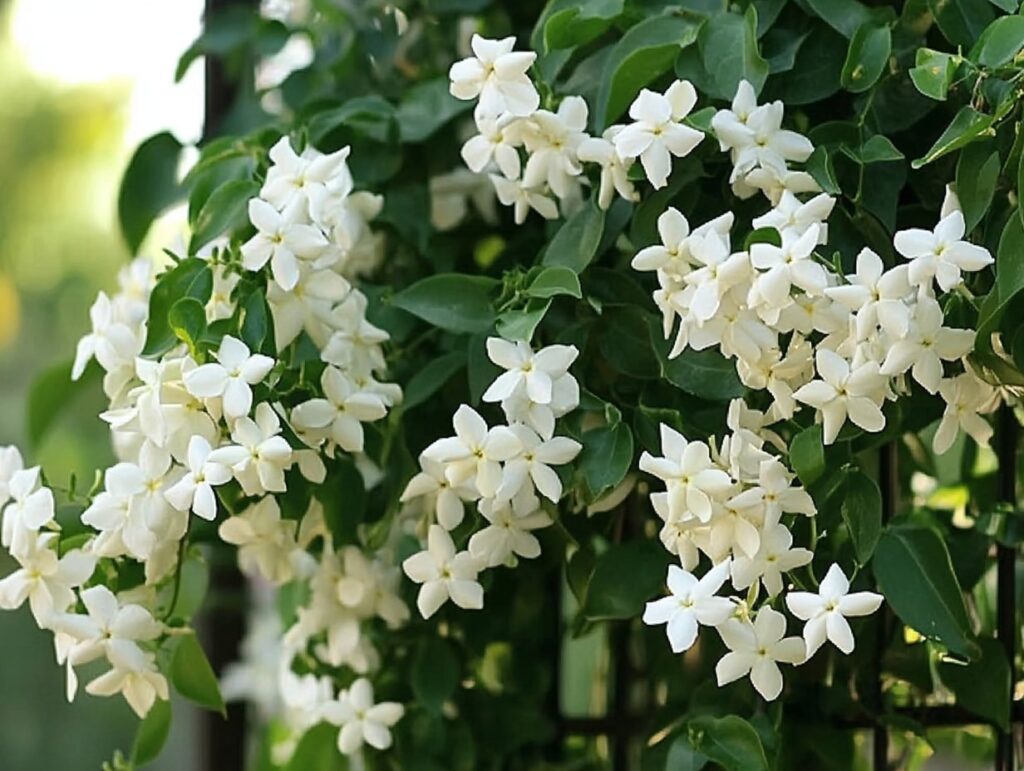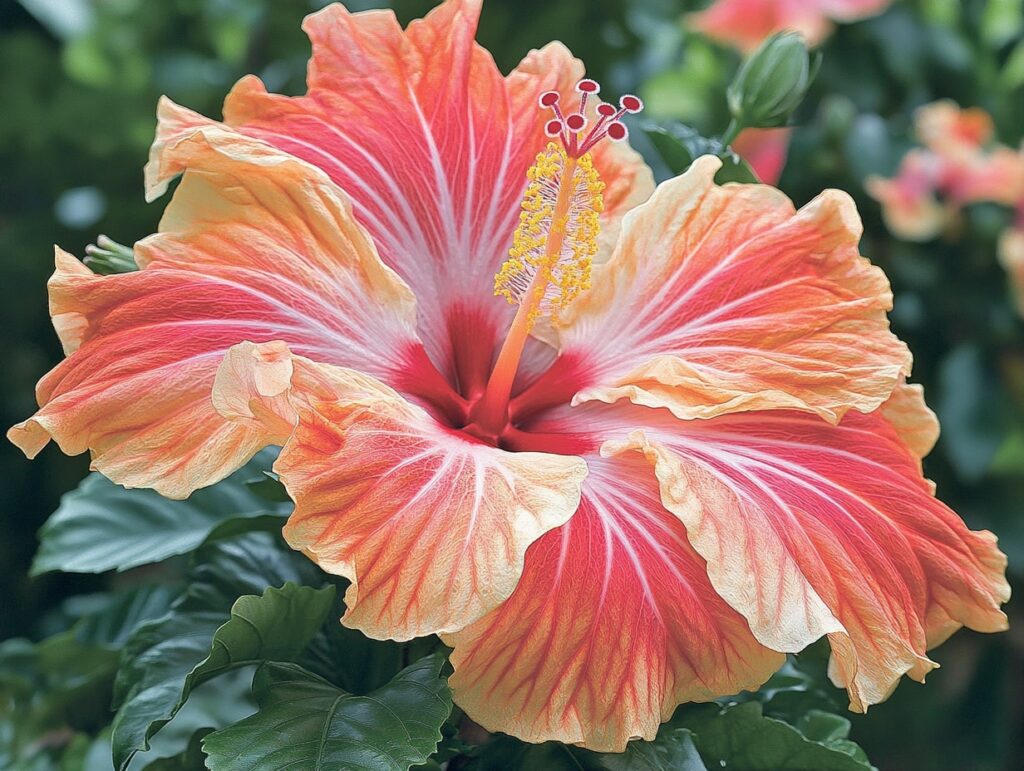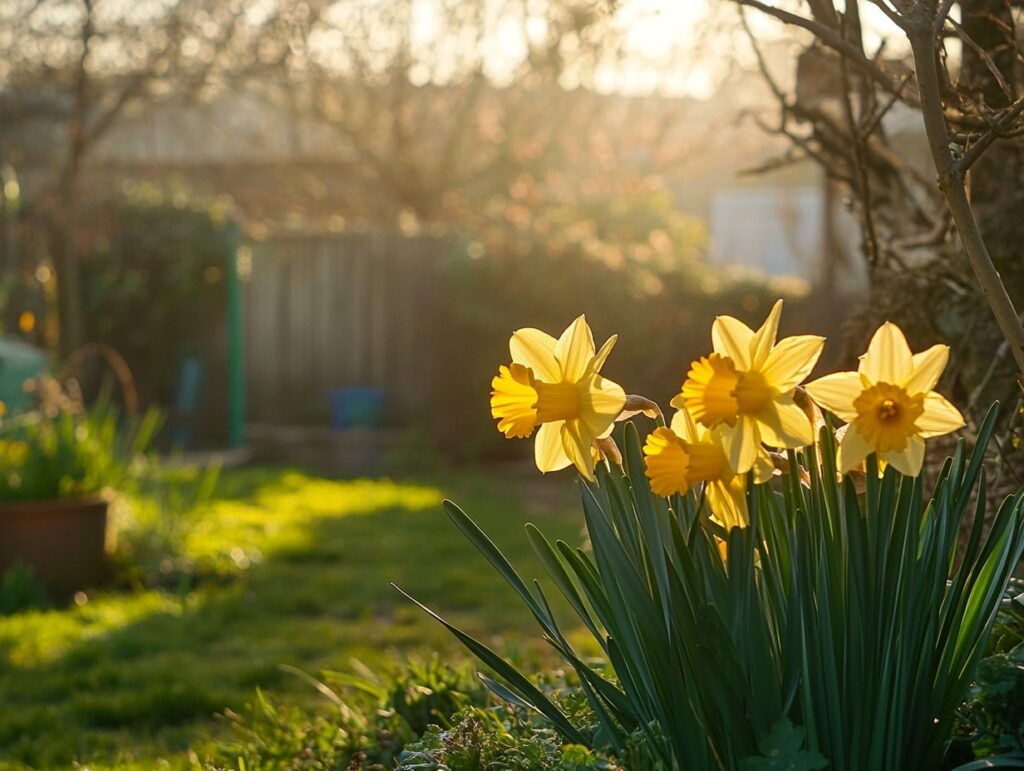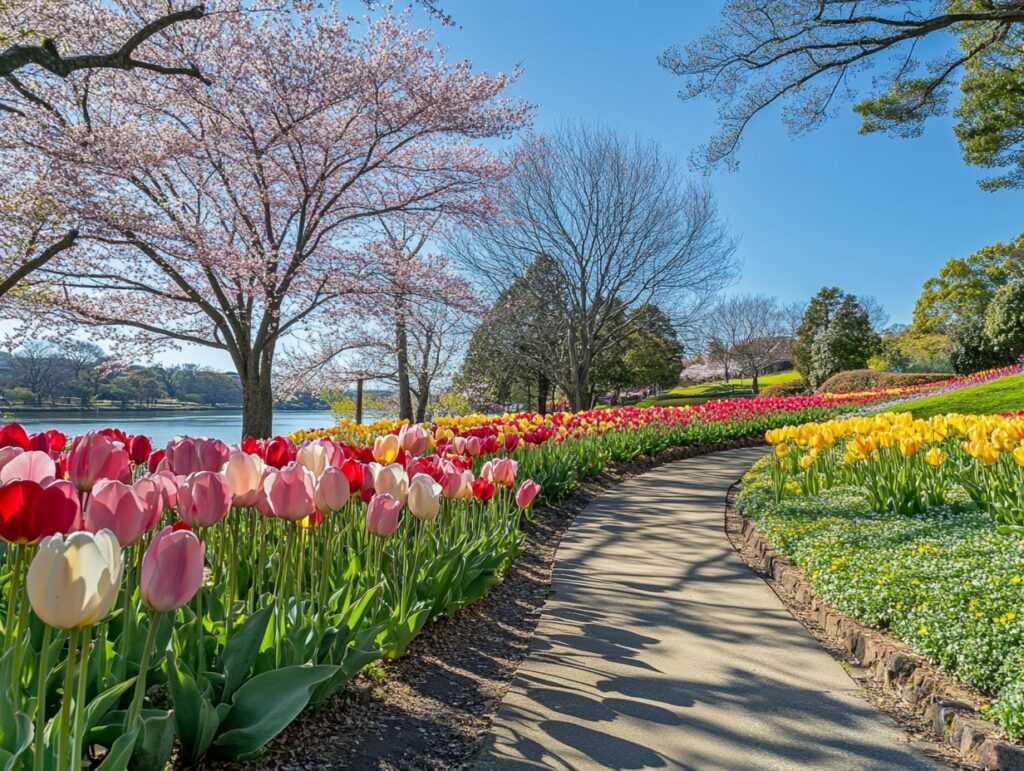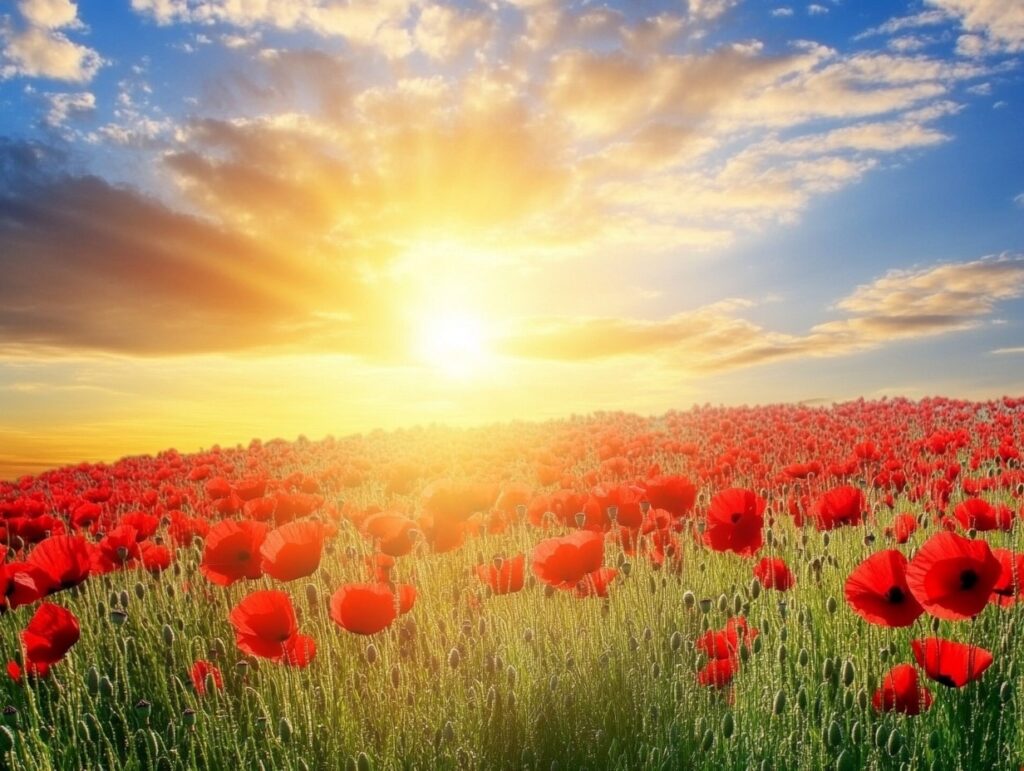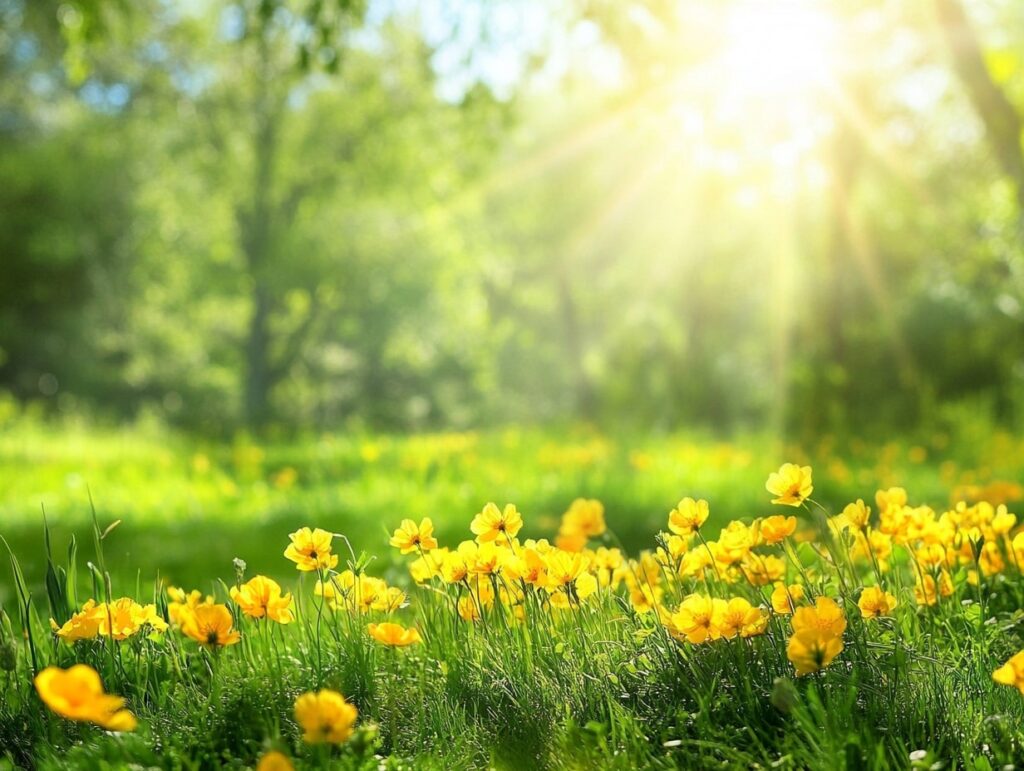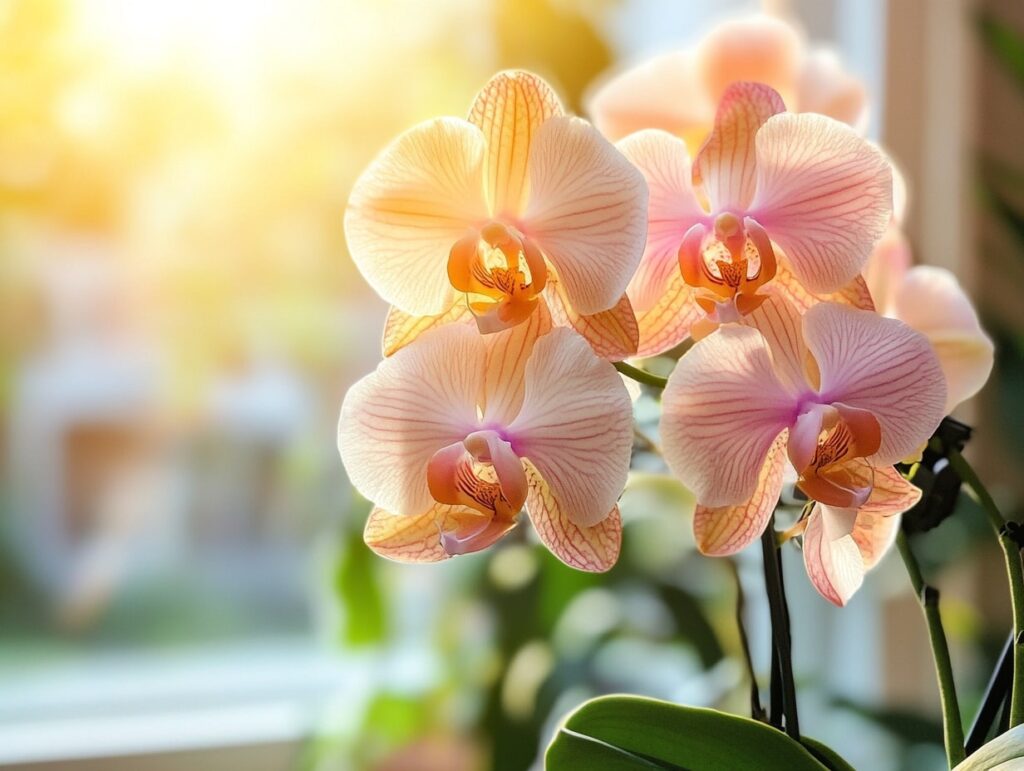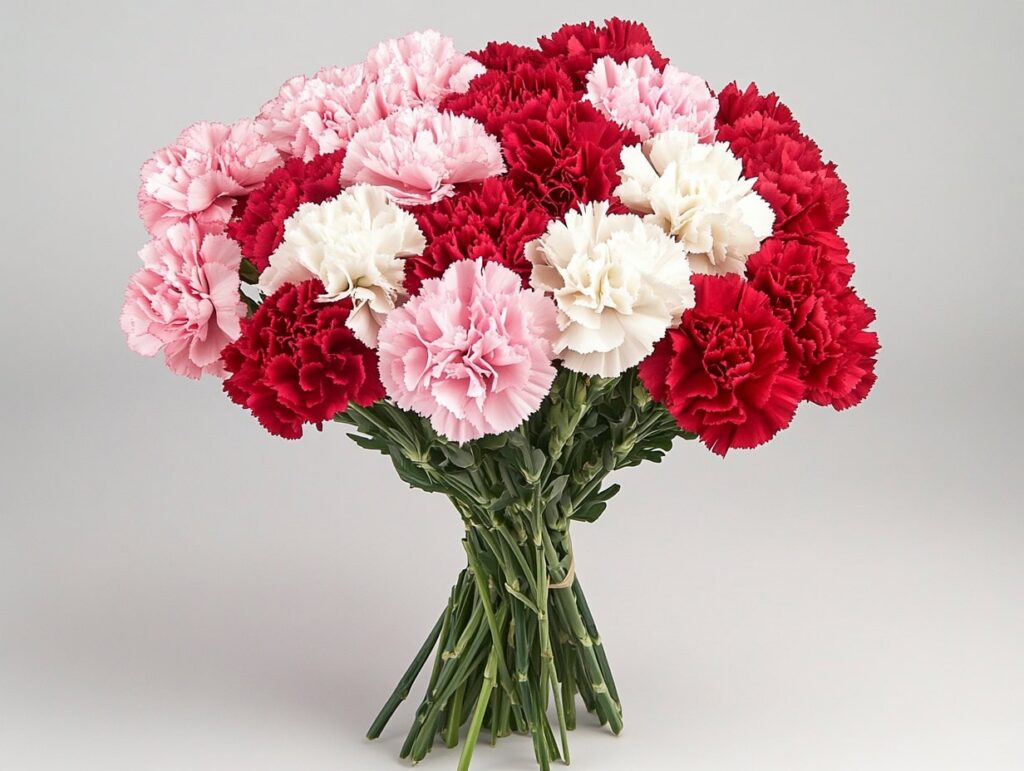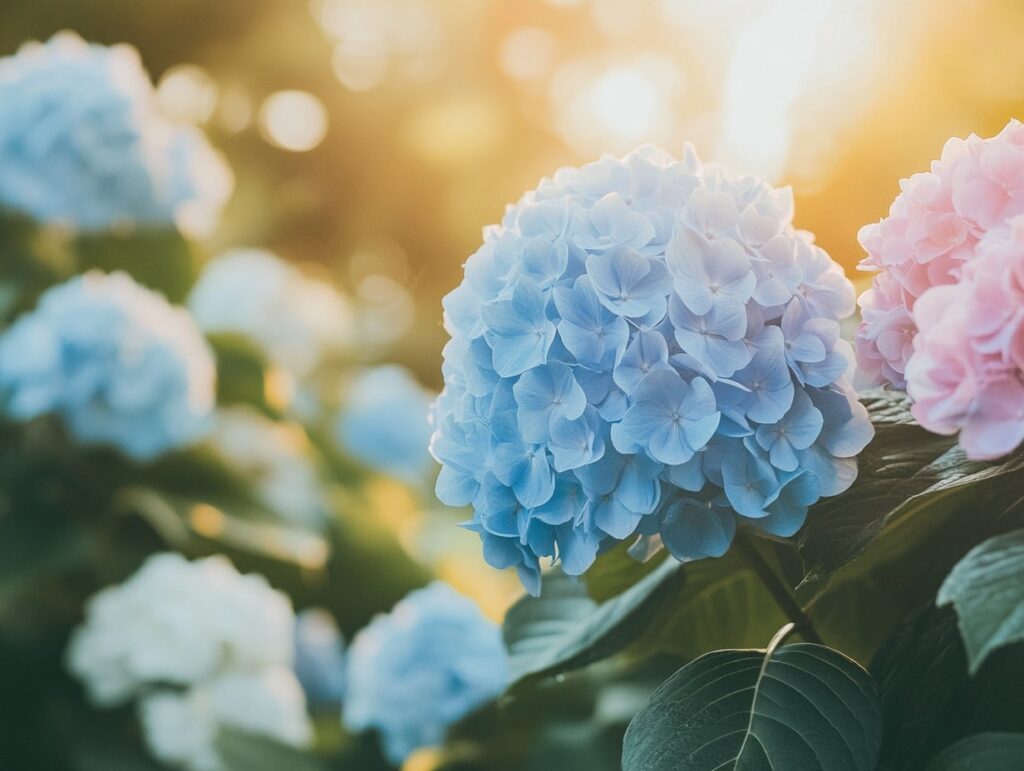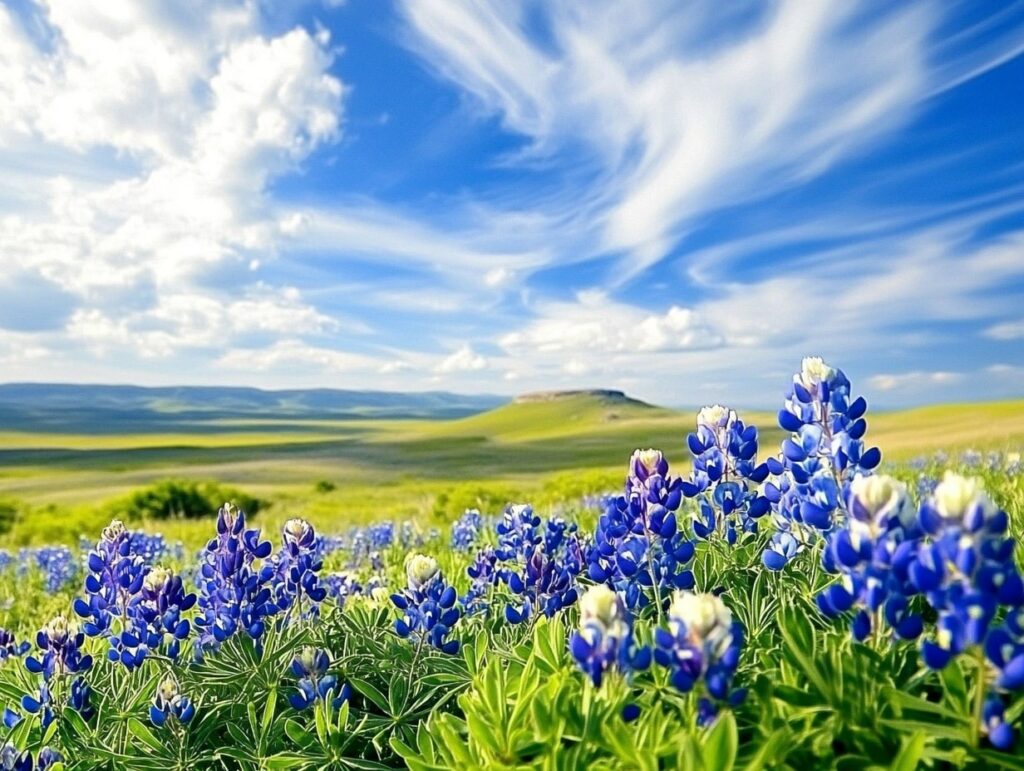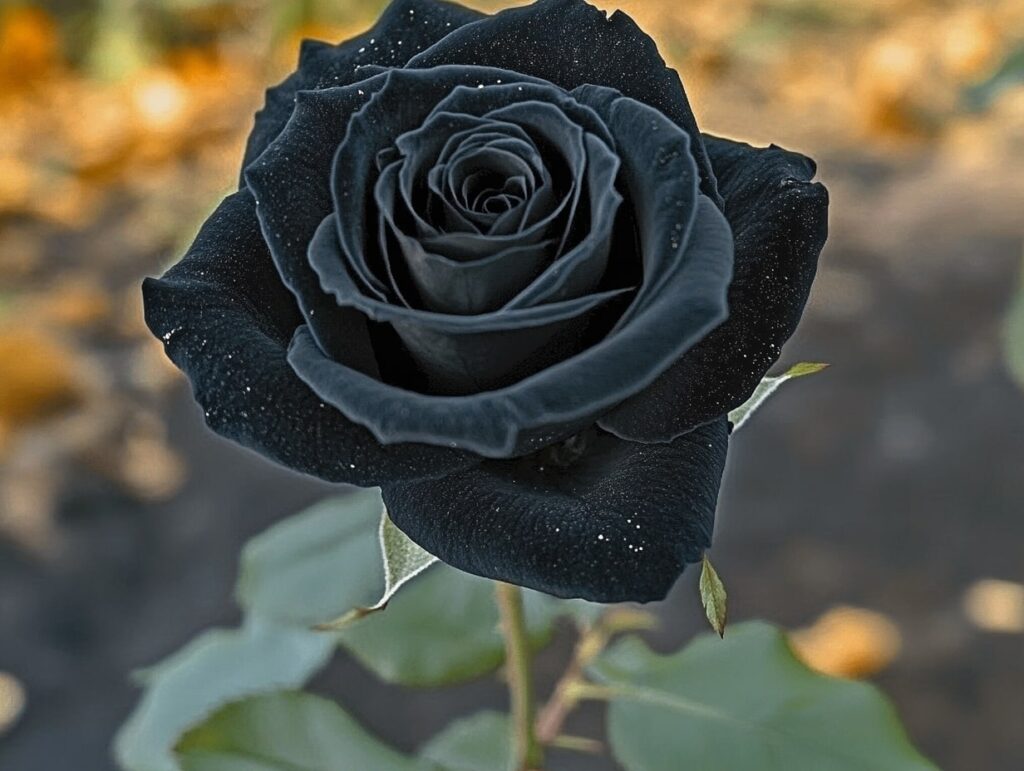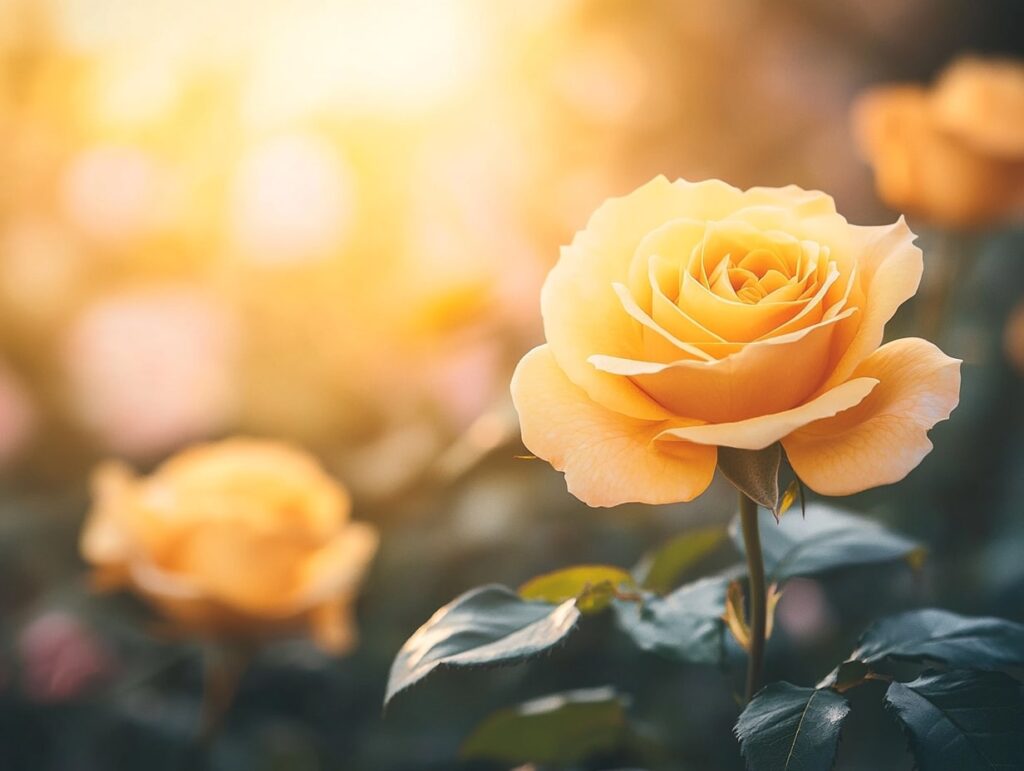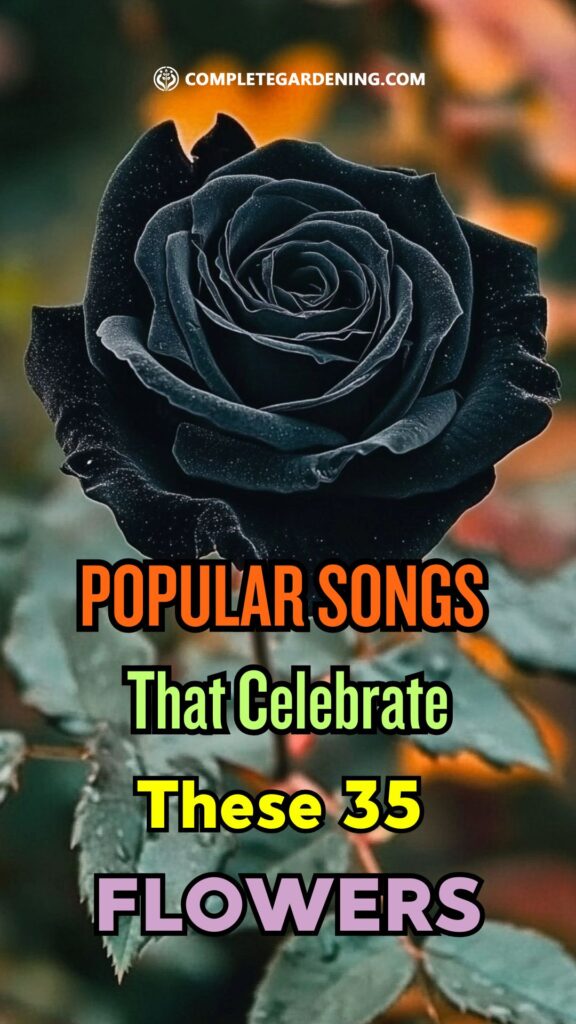Have you ever noticed how many of your favorite songs mention flowers? There’s something almost magical about the way a single bloom can evoke love, loss, joy, or hope.
In worldwide music, flowers aren’t just decorative; they’re narrative anchors that help tell stories that move us. Join us as we dig deep into the petals and prose of some iconic tracks to discover why these natural wonders hold such a powerful place in song lyrics.
1. Rose – “Every Rose Has Its Thorn” by Poison
Poison’s “Every Rose Has Its Thorn” is a quintessential power ballad from the 1980s that uses the rose as a metaphor for love’s beauty and its potential for pain.
The rose, with its dual nature of beauty and thorns, perfectly encapsulates the song’s theme of love’s vulnerability. The lyrics poignantly express the inevitability of heartbreak, despite the allure of romance.
2. Lily – “Lily, Rosemary and the Jack of Hearts” by Bob Dylan
Bob Dylan’s intricate storytelling in “Lily, Rosemary and the Jack of Hearts” features the lily as a symbol of purity and innocence amidst a complex narrative of deceit and betrayal.
The lily’s presence contrasts with the song’s dark and suspenseful plot, highlighting the delicate balance between good and evil within the story.
3. Daisy – “Daisy” by Ashnikko featuring Gwen Stefani
In a modern twist, Ashnikko’s “Daisy” incorporates the flower as a symbol of strength and individuality.
The daisy, often associated with simplicity and cheerfulness, is reimagined as a representation of personal empowerment and resilience, aligning with the song’s themes of self-assertion and confidence.
4. Sunflower – “Sunflower” by Post Malone and Swae Lee
Featured in the soundtrack of the animated film Spider-Man: Into the Spider-Verse, “Sunflower” uses the flower to symbolize warmth, positivity, and the nurturing aspect of relationships.
The sunflower’s ability to turn towards the sun mirrors the characters’ search for hope and connection amidst challenges.
5. Cherry Blossom – “Cherry Blossoms” by Taylor Swift
Taylor Swift’s “Cherry Blossoms” uses the flower to evoke themes of renewal and the blossoming of new love. The cherry blossom’s fleeting beauty serves as a metaphor for the transient yet impactful moments in romantic relationships.
The flower’s transient nature mirrors the song’s themes of youthful rebellion and the desire to make a lasting impact.
6. Lavender – “Lavender” by Marillion
Marillion’s “Lavender” uses the flower to convey a sense of calm and introspection. Lavender, known for its soothing properties, serves as a metaphor for tranquility amidst emotional turmoil, enhancing the song’s contemplative mood.
7. Blue Orchid – “Blue Orchid” by The White Stripes
The White Stripes’ “Blue Orchid” employs the flower as a symbol of uniqueness and boldness. Orchids, often seen as exotic and striking, reflect the song’s unconventional sound and the band’s distinctive style.
8. Violet – “Violet Hill” by Coldplay
In “Violet Hill,” Coldplay utilizes the violet to represent subtle beauty and quiet strength. The flower’s understated elegance aligns with the song’s themes of introspection and the search for meaning in a complex world.
9. “Blue Lotus” by Moby
Moby’s “Blue Lotus” blends electronic music with spiritual themes, using the blue lotus flower as a symbol of enlightenment and inner peace. The song’s ambient soundscape complements the serene imagery, creating a meditative and uplifting experience.
10. Peony – “Peony” by Amanda Palmer
Amanda Palmer’s “Peony” celebrates the flower’s lush and full-bodied presence as a metaphor for love and abundance. The peony’s rich petals and vibrant colors enhance the song’s message of embracing life’s richness and emotional depth.
11. Marigold – “Marigold” by Nirvana
Though not officially released by Nirvana, the posthumous track “Marigold” features the flower as a symbol of resilience and hope. The marigold’s ability to thrive in various conditions mirrors the song’s themes of perseverance and endurance.
12. Blackberry Flower – “Blackberry Flower” by Roxy Music
Roxy Music’s “Blackberry Flower” uses the flower to evoke a sense of wildness and untamed beauty. The blackberry flower, often found in natural, unspoiled environments, complements the song’s exploration of raw emotion and organic growth.
13. Lotus – “Lotus Flower” by Radiohead
Radiohead’s “Lotus Flower” employs the lotus as a symbol of rebirth and enlightenment. The flower’s growth from muddy waters to a pristine bloom mirrors the song’s themes of personal transformation and the pursuit of inner peace.
14. Magnolia – “Magnolia” by J.J. Cale
In “Magnolia,” J.J. Cale uses the magnolia flower to symbolize Southern charm and timeless beauty. The flower’s association with the American South adds a layer of regional identity and cultural depth to the song.
15. Forget-Me-Not – “Forget Me Nots” by Patrice Rushen
Patrice Rushen’s “Forget Me Nots” utilizes the forget-me-not flower as a poignant symbol of enduring love and remembrance.
The flower’s name and significance perfectly encapsulate the song’s message of lasting affection and the desire to be remembered.
16. Jasmine – “Jasmine” by Jai Paul
Jai Paul’s “Jasmine” employs the flower to evoke sensuality and allure. The jasmine flower, known for its intoxicating fragrance, enhances the song’s themes of attraction and the complexities of romantic relationships.
17. Hibiscus – “Hibiscus” by Flora Cash
In “Hibiscus,” Flora Cash uses the flower to symbolize delicate beauty and transient moments. The hibiscus flower’s vibrant colors and fleeting blooms mirror the song’s exploration of ephemeral love and the beauty found in temporary connections.
18. Camellia – “Camellia” by Prince
Prince’s “Camellia” uses the flower to represent elegance and grace. The camellia’s refined appearance and association with perfection align with the song’s themes of love and admiration.
19. Daffodil – “Daffodils” by Mark Ronson featuring Kevin Parker
Mark Ronson’s collaboration with Kevin Parker in “Daffodils” uses the flower to symbolize new beginnings and the arrival of spring. The daffodil’s bright yellow hue and its role as an early bloom signal hope and renewal, enhancing the song’s uplifting message.
20. Iris – “Iris” by Goo Goo Dolls
Goo Goo Dolls’ “Iris” features the iris flower as a symbol of mystery and depth. The flower’s intricate structure and vibrant colors mirror the song’s exploration of complex emotions and the desire for deeper connection.
21. Gardenia – “Gardenia” by Tony! Toni! Toné!
Their song “Gardenia” is a standout track that beautifully incorporates the gardenia flower into its lyrical narrative. In this song, the gardenia symbolizes purity and grace, reflecting the deep affection and admiration the singer feels for their beloved.
22. Tulip – “Tulip” by Bloc Party
Bloc Party’s “Tulip” uses the flower to represent simplicity and understated beauty. The tulip’s classic form and range of colors provide a versatile metaphor for various emotional states and experiences depicted in the song.
23. Poppy – “Poppy” by Bring Me The Horizon
Bring Me The Horizon’s “Poppy” employs the flower to symbolize both beauty and resilience. The poppy’s ability to thrive in harsh conditions mirrors the song’s themes of overcoming adversity and finding strength amidst challenges.
24. Buttercup – “Build Me Up Buttercup” by The Foundations
The Foundations’ “Build Me Up Buttercup” employs the buttercup flower as a term of endearment, symbolizing affection and charm. The flower’s bright yellow petals and cheerful appearance complement the song’s upbeat and optimistic tone.
25. Orchid – “Orchid” by Bonnie Raitt
Bonnie Raitt’s “Orchid” employs the flower to symbolize grace and resilience. The orchid’s exotic beauty and ability to flourish in diverse environments mirror the song’s themes of enduring love and personal strength.
26. Carnation – “Carnation” by R.E.M.
R.E.M.’s “Carnation” uses the flower to represent love and devotion. The carnation’s layers of petals and rich colors add a sense of depth and complexity to the song’s exploration of heartfelt emotions.
27. Pansy – “Pansy” by Frank Zappa
Frank Zappa’s “Pansy” employs the flower in a playful and irreverent manner. The pansy, often associated with delicate beauty, is used to juxtapose the song’s humorous and satirical tone, highlighting Zappa’s signature style of blending contrasting elements.
28. Hydrangea – “Hydrangea” by BTS
Although BTS is a South Korean group, their song “Hydrangea” has gained significant popularity in America. The hydrangea flower symbolizes gratitude and understanding, aligning with the song’s themes of appreciation and emotional growth.
29. Bluebell – “Bluebell” by Joni Mitchell
Joni Mitchell’s “Bluebell” uses the flower to evoke a sense of tranquility and natural beauty. The bluebell’s gentle hues and delicate form enhance the song’s serene and contemplative mood, reflecting Mitchell’s introspective songwriting style.
30. Rosemary – “Rosemary” by Patrick Watson
Patrick Watson’s “Rosemary” uses the herbaceous flower to symbolize remembrance and connection. The rosemary plant, often associated with memory, adds a layer of meaning to the song’s exploration of past experiences and enduring bonds.
31. Bluebonnet – “Bluebonnet” by Tyler Childers
Tyler Childers’ “Bluebonnet” employs the flower to represent the beauty of the Texas landscape and the simplicity of rural life. The bluebonnet’s association with home and heritage adds a layer of cultural significance to the song’s heartfelt narrative.
32. “Black Rose” by Trey Songz
Trey Songz’s “Black Rose” is an R&B track that uses the black rose as a symbol of deep, passionate love and mystery. The song explores the complexities of relationships, with the black rose representing both beauty and the enigmatic aspects of love.
33. “Yellow Rose of Texas” by Mitch Miller
“Yellow Rose of Texas” is a traditional folk song that has been covered by various American artists. The yellow rose symbolizes love and longing, often associated with heartfelt emotions and regional pride.
34. “White Roses” by Ryan Adams
Ryan Adams’s “White Roses” uses white roses to symbolize purity and untainted love. The song’s melodic arrangements complement the delicate imagery of white roses, creating a serene and heartfelt atmosphere.
35. “Goldenrod” by The Lumineers
The Lumineers’ “Goldenrod” uses the goldenrod flower to symbolize hope and perseverance. The song’s folk-inspired sound and heartfelt lyrics convey a message of overcoming adversity, with goldenrod representing the enduring spirit that persists through challenges.
Flowers are a universal language in music, transcending cultural and geographical boundaries to convey a myriad of emotions and stories.
From a symbol of rebirth and enlightenment in Radiohead’s “Lotus Flower” to purity and untainted love in Bryan Adams’ “White Roses” floral imagery enriches songs across genres and nations.
Whether symbolizing love, purity, growth, or resilience, flowers add depth and beauty to lyrical narratives, making them relatable and evocative for listeners worldwide.
By exploring these global floral references, we gain a deeper appreciation for the intricate ways nature inspires artistic expression.
Flowers not only enhance the aesthetic appeal of music but also serve as powerful metaphors that connect us through shared human experiences.

